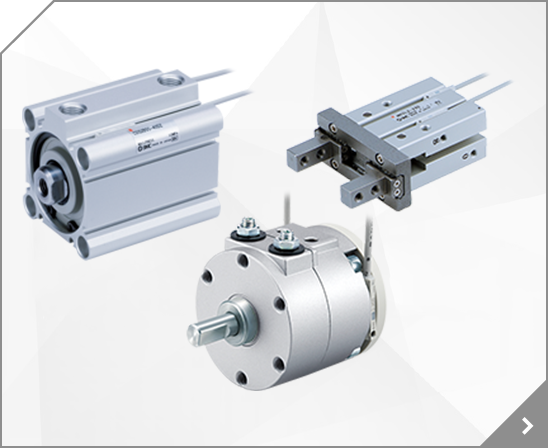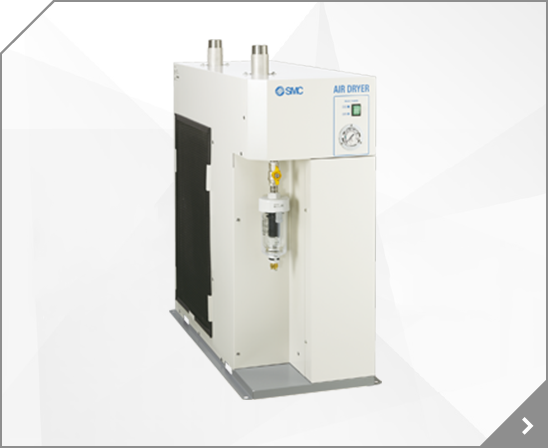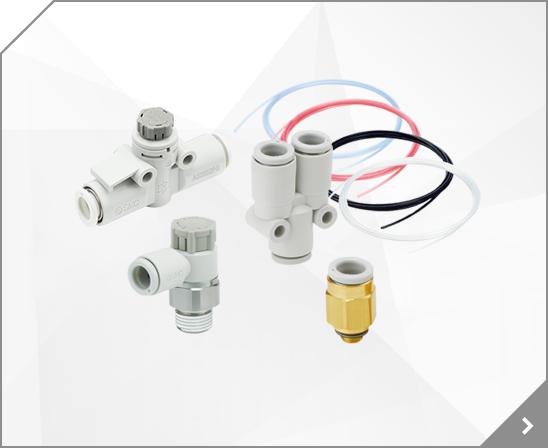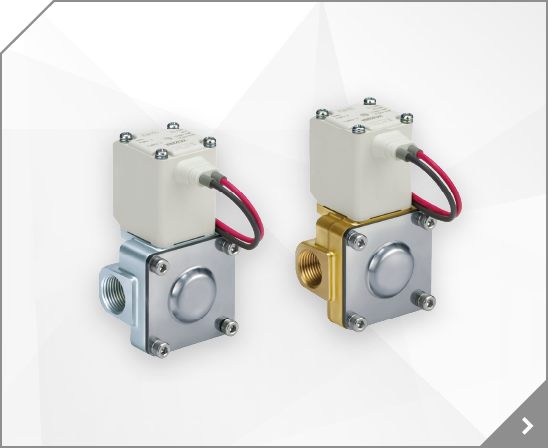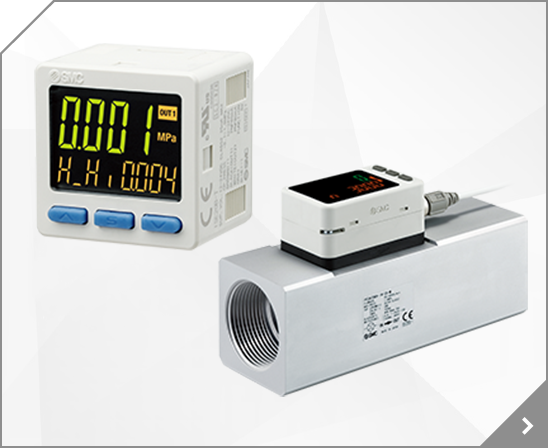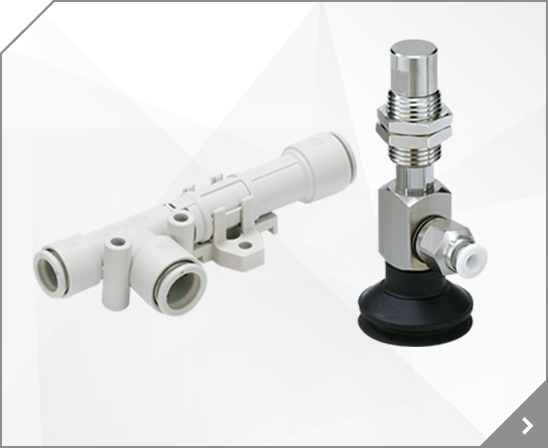
Body Type: T (Body Ported), Valve Option: Standard Type, Pressure Specifications: Standard Type (0.7MPa), Rated Voltage: 4 (220 VAC, 50/60 Hz, Semi-Standard), Electrical Entry: D (with Connector), Light_Surge Voltage Suppressor: Z (with Light/Surge Voltage Suppressor, DIN Terminal Type Only), Port Size: 02 [1/4 (8A)], Thread Type: T (NPTF), Bracket: None, CE Compliant: Q (CE-Compliant)
Body Type: T (Body Ported), Valve Option: Y (Energy-Saving Type, Semi-Standard), Pressure Specifications: K (High-Pressure Type (1MPa), Semi-Standard), Rated Voltage: 5 (24 VDC), Electrical Entry: D (with Connector), Light_Surge Voltage Suppressor: None, Port Size: 01 [1/8 (6A)], Thread Type: N (NPT), Bracket: None, CE Compliant: Q (CE-Compliant)
Body Type: T (Body Ported), Valve Option: Y (Energy-Saving Type, Semi-Standard), Pressure Specifications: Standard Type (0.7MPa), Rated Voltage: 5 (24 VDC), Electrical Entry: D (with Connector), Light_Surge Voltage Suppressor: Z (with Light/Surge Voltage Suppressor, DIN Terminal Type Only), Port Size: 01 [1/8 (6A)], Thread Type: T (NPTF), Bracket: F (with Bracket), CE Compliant: Q (CE-Compliant
Body Type: T (Body Ported), Valve Option: E (Continuous Duty Type, Semi Standard), Pressure Specifications: Standard Type (0.7MPa), Rated Voltage: 5 (24 VDC), Electrical Entry: D (with Connector), Light_Surge Voltage Suppressor: None, Port Size: 02 [1/4 (8A)], Thread Type: F (G), Bracket: F (with Bracket), CE Compliant: Q (CE-Compliant)
Body Type: T (Body Ported), Valve Option: Standard Type, Pressure Specifications: K (High-Pressure Type (1MPa), Semi-Standard), Rated Voltage: 5 (24 VDC), Electrical Entry: D (with Connector), Light_Surge Voltage Suppressor: None, Port Size: 02 [1/4 (8A)], Thread Type: T (NPTF), Bracket: None, CE Compliant: Q (CE-Compliant)
Body Type: T (Body Ported), Valve Option: E (Continuous Duty Type, Semi Standard), Pressure Specifications: Standard Type (0.7MPa), Rated Voltage: 5 (24 VDC), Electrical Entry: D (with Connector), Light_Surge Voltage Suppressor: None, Port Size: 01 [1/8 (6A)], Thread Type: Rc, Bracket: None, CE Compliant: Q (CE-Compliant)
.· CE Mark and ATEXThe ATEX Directive is part of the CE Mark scheme and incorporates existing European explosion-proof standards.· Goals of the ATEX DirectiveThe principal goals of ATEX are as follows.· Prevention of static charge· Prevention of ignition by sparks generated by friction, impact and wear· Prevention of ignition due to temperature rise due to the same causes as above· Manufacturers
.· CE Mark and ATEXThe ATEX Directive is part of the CE Mark scheme and incorporates existing European explosion-proof standards.· Goals of the ATEX DirectiveThe principal goals of ATEX are as follows.· Prevention of static charge· Prevention of ignition by sparks generated by friction, impact and wear· Prevention of ignition due to temperature rise due to the same causes as above· Manufacturers
.· CE Mark and ATEXThe ATEX Directive is part of the CE Mark scheme and incorporates existing European explosion-proof standards.· Goals of the ATEX DirectiveThe principal goals of ATEX are as follows.· Prevention of static charge· Prevention of ignition by sparks generated by friction, impact and wear· Prevention of ignition due to temperature rise due to the same causes as above· Manufacturers
.· CE Mark and ATEXThe ATEX Directive is part of the CE Mark scheme and incorporates existing European explosion-proof standards.· Goals of the ATEX DirectiveThe principal goals of ATEX are as follows.· Prevention of static charge· Prevention of ignition by sparks generated by friction, impact and wear· Prevention of ignition due to temperature rise due to the same causes as above· Manufacturers
.· CE Mark and ATEXThe ATEX Directive is part of the CE Mark scheme and incorporates existing European explosion-proof standards.· Goals of the ATEX DirectiveThe principal goals of ATEX are as follows.· Prevention of static charge· Prevention of ignition by sparks generated by friction, impact and wear· Prevention of ignition due to temperature rise due to the same causes as above· Manufacturers
.· CE Mark and ATEXThe ATEX Directive is part of the CE Mark scheme and incorporates existing European explosion-proof standards.· Goals of the ATEX DirectiveThe principal goals of ATEX are as follows.· Prevention of static charge· Prevention of ignition by sparks generated by friction, impact and wear· Prevention of ignition due to temperature rise due to the same causes as above· Manufacturers
.· CE Mark and ATEXThe ATEX Directive is part of the CE Mark scheme and incorporates existing European explosion-proof standards.· Goals of the ATEX DirectiveThe principal goals of ATEX are as follows.· Prevention of static charge· Prevention of ignition by sparks generated by friction, impact and wear· Prevention of ignition due to temperature rise due to the same causes as above· Manufacturers
.· CE Mark and ATEXThe ATEX Directive is part of the CE Mark scheme and incorporates existing European explosion-proof standards.· Goals of the ATEX DirectiveThe principal goals of ATEX are as follows.· Prevention of static charge· Prevention of ignition by sparks generated by friction, impact and wear· Prevention of ignition due to temperature rise due to the same causes as above· Manufacturers
.· CE Mark and ATEXThe ATEX Directive is part of the CE Mark scheme and incorporates existing European explosion-proof standards.· Goals of the ATEX DirectiveThe principal goals of ATEX are as follows.· Prevention of static charge· Prevention of ignition by sparks generated by friction, impact and wear· Prevention of ignition due to temperature rise due to the same causes as above· Manufacturers
.· CE Mark and ATEXThe ATEX Directive is part of the CE Mark scheme and incorporates existing European explosion-proof standards.· Goals of the ATEX DirectiveThe principal goals of ATEX are as follows.· Prevention of static charge· Prevention of ignition by sparks generated by friction, impact and wear· Prevention of ignition due to temperature rise due to the same causes as above· Manufacturers
.· CE Mark and ATEXThe ATEX Directive is part of the CE Mark scheme and incorporates existing European explosion-proof standards.· Goals of the ATEX DirectiveThe principal goals of ATEX are as follows.· Prevention of static charge· Prevention of ignition by sparks generated by friction, impact and wear· Prevention of ignition due to temperature rise due to the same causes as above· Manufacturers
.· CE Mark and ATEXThe ATEX Directive is part of the CE Mark scheme and incorporates existing European explosion-proof standards.· Goals of the ATEX DirectiveThe principal goals of ATEX are as follows.· Prevention of static charge· Prevention of ignition by sparks generated by friction, impact and wear· Prevention of ignition due to temperature rise due to the same causes as above· Manufacturers
.· -Q: CE compliant (CE-compliant products are DC specification only.) · Thread type: Rc. NPT, NPTF, G.· Port diameter: 1/4.· Protective structure: Dust-proof (No mark) · IP65 (Dust-proof, blow-proof) (-W).*Valves specified as "-W" have IP65 protection.*Standard valve (dust-proof) specifications do not support 200 V, 220 V AC.
